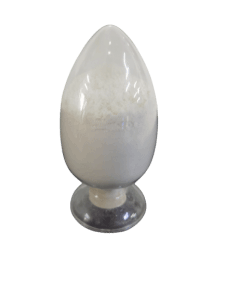
 CONTACT
CONTACT
- Linkman:Linda Yao
- Tel: +8618231198596
- Email:linda.yao@dcpharma.cn
- Linkman:CHARLES.WANG
- Department:Overseas
- Tel: 0086 0311-85537378 0086 0311-85539701
ε- Polylysine hydrochloride in drug sustained-release systems
TIME:2024-03-06
ε-Polylysine hydrochloride is a microbial food preservative with excellent antifungal properties, consisting of 25 to 30 lysine residues polymerized together, displaying strong antibacterial capabilities.
To achieve controlled release of ε-Polylysine hydrochloride, an appropriate drug carrier must be selected. The carrier should possess good biocompatibility, degradability, and drug adsorption capabilities. Commonly used carrier materials include natural polymers (such as chitosan, gelatin, etc.) and synthetic polymers (such as polylactic acid, poly-ε-caprolactone, etc.).
Embedding ε-Polylysine hydrochloride in the carrier can be achieved through methods like physical adsorption, chemical bonding, or blending. During the embedding process, it is essential to control the drug loading and distribution to ensure the stability and controllability of the drug during the sustained release process.
The controlled release mechanism of ε-Polylysine hydrochloride may involve carrier degradation and drug diffusion. The carrier gradually degrades in physiological environments, releasing the embedded drug. Simultaneously, the drug can be released from the carrier through diffusion. By adjusting the degradation rate of the carrier and the diffusion rate of the drug, controlled drug release can be achieved.
Factors affecting the controlled release of ε-Polylysine hydrochloride include the nature of the carrier, properties of the drug, physiological environment, etc. The degradation rate of the carrier, drug solubility, and diffusion coefficient all influence the drug release rate and amount. Therefore, when designing a drug release system, it is necessary to consider these factors comprehensively to achieve controlled drug release.
The controlled release of ε-Polylysine hydrochloride in drug release systems requires the selection of a suitable carrier, drug embedding, regulation of the release mechanism, and consideration of influencing factors. This will contribute to effective distribution and sustained action of the drug in the body, improving therapeutic efficacy while minimizing side effects.
- Tel:+8618231198596
- Whatsapp:18231198596
- Chat With Skype







